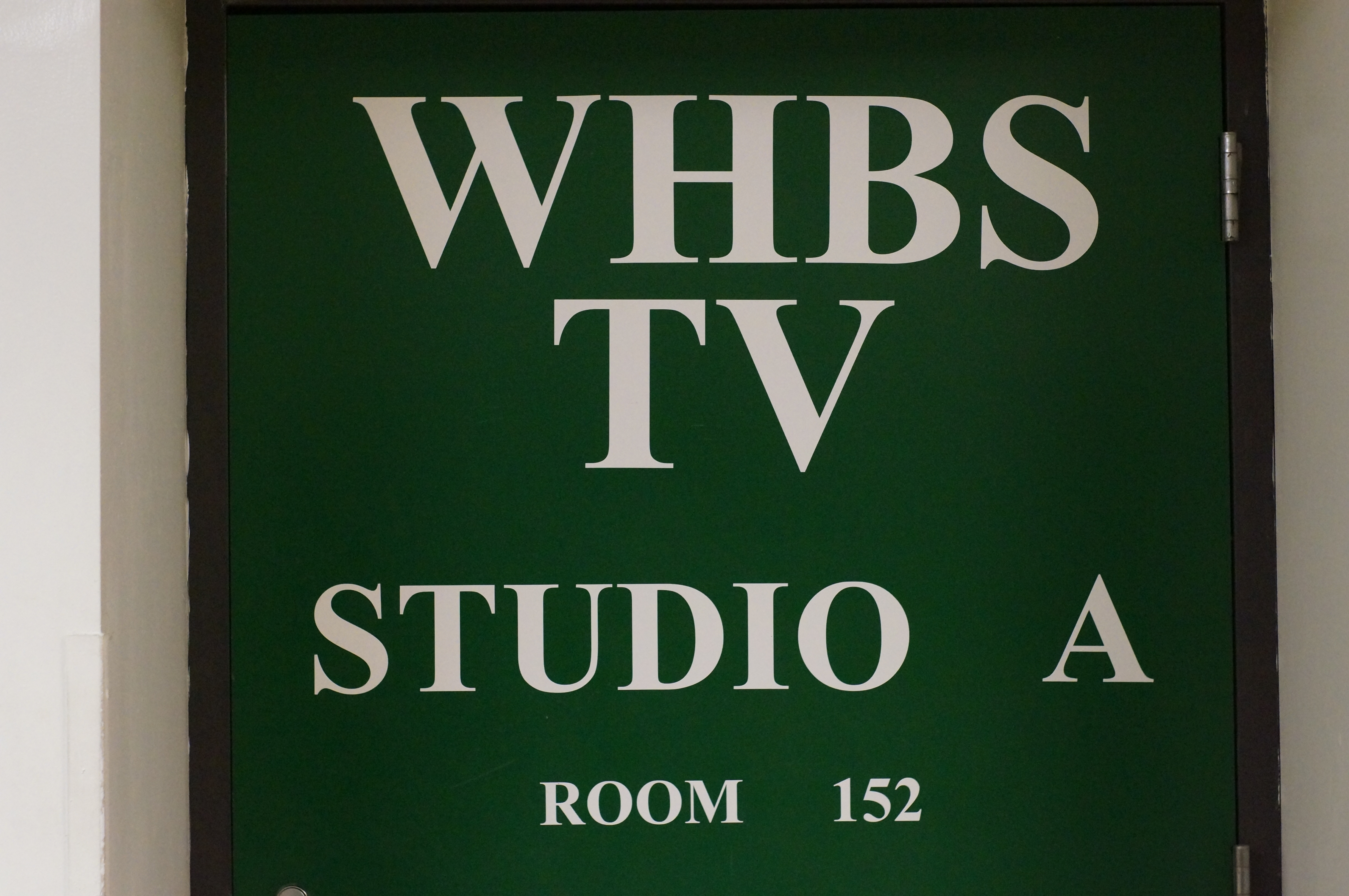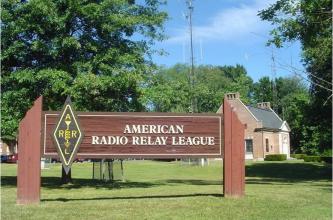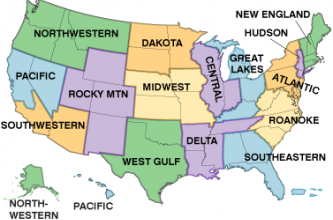Jeffrey Kopcak
K8JTK
ARRL Ohio Section Technical Coordinator

Biography
- Born, raised, and live in Westlake, Ohio
- Computers at an early age
- Windows 3.1 & GeoWorks
- FOSS
- Current: Home networking, Home Lab, Self-Hosted, Linux daily driver
- Music
More: Computers
Education
- Westlake High School
-
- WHBS-TV
- Bowling Green State University (BGSU)
- Cleveland State University (CSU)
-
- Information Systems & Technology
- Masters of Business Administration
Work Detail

(2004-2008)
- Intern
- Desktop Support
- Break fix
- Server & Networking

(2009-current)
- POS Analyst/Developer: Escalations, Linux System Admin, everything
- POS Analyst/Developer: Merchandise, Unix, Payments
- InfoSec & Networking Sr Analyst: Integrations, NAC, Firewall, Web proxy, VPN
Ham Radio
- Interested in amateur radio at a young age through my father, Tom N8ETP
- Licensed right before my sophomore year of high school in 1999
- Novice & Technician exams
- General & Extra exams (2008)

img: RigReference
Computers, networking, & digital modes More: On Air More: Clubs and activities ARRL Ohio Section: Technical Coordinator The ARRL divides the United States and its territories into 71 administrative sections. Many sections are comprised of a single state, but a few of the larger states, such as Texas or California, are divided into two more sections.
The membership in each section elects a Section Manager (SM) once every two years. The SM is responsible for managing the Field Organization programs in their section. Through coordinators, the SM recruits ARRL volunteers to staff various crucial program areas. The ARRL Technical Coordinator (TC) is a section-level official appointed by the Section Manager to coordinate all technical activities within the section. For a section team to be effective in one of the most important arenas in Amateur Radio, technology, there must be a cadre of qualified, competent Technical Specialists (TS).
TS supports the TC in two main areas of responsibility: Your guess is as good as mine. We play around with stuff!!! The rules and regulations in this part are designed to provide an amateur radio service having a fundamental purpose as expressed in the following principles: (a) Recognition and enhancement of the value of the amateur service to the public as a voluntary noncommercial communication service, particularly with respect to providing emergency communications. (b) Continuation and extension of the amateur's proven ability to contribute to the advancement of the radio art. img: ARRL RFI
Web: ARRL RFI, ARRL EMI/RFI, QRM.guru How to: Running Fldigi Flmsg and Flwrap on the Raspberry Pi 2
Half the time I don't even know...
- ARRL Ohio Section Technical CoordinatorHam Radio
Clubbing
And NOW...

ARRL Field Organization
ARRL: Structure
ARRL: Structure - Sections
Technical Coordinator
Technical Coordinator
Technical Specialist
"Advancement of the radio art" is a profound obligation we incur under the rules of the FCC.
TSes help meet this obligation.Technical Specialist
Radio Frequency Interference and Technical Information.
Technical Specialist can specialize in certain specific technical areas, or can be generalists.What does the Technical Coordinator really do?
What do the
Technical Coordinator
and
Technical Specialists
do?§97.1 Basis and purpose
Section Manager's Goals
- WB8LCD, OSJ 2021-06. First published OSJ 2021-02TC Responsibilities



















Troubleshooting
Radio Frequency Interference (RFI)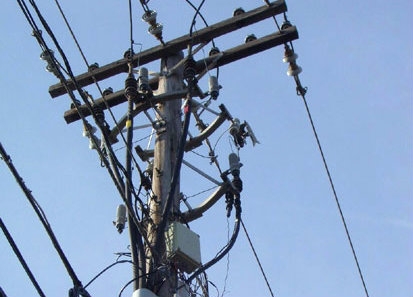
Troubleshooting HF Radio Frequency Interference
Troubleshooting RFI: External
Troubleshooting RFI: External
Troubleshooting RFI: Resources
QST: Locating RFI at HF
Book: ARRL RFI Book - 3rd edition
Video: Noise sources
Video: Tips for identifying noise in your house
MFJ Directional Noise Finder
MFJ Ultra-Sonic Receiver
Video: Demonstration
Fldigi on the Raspberry Pi
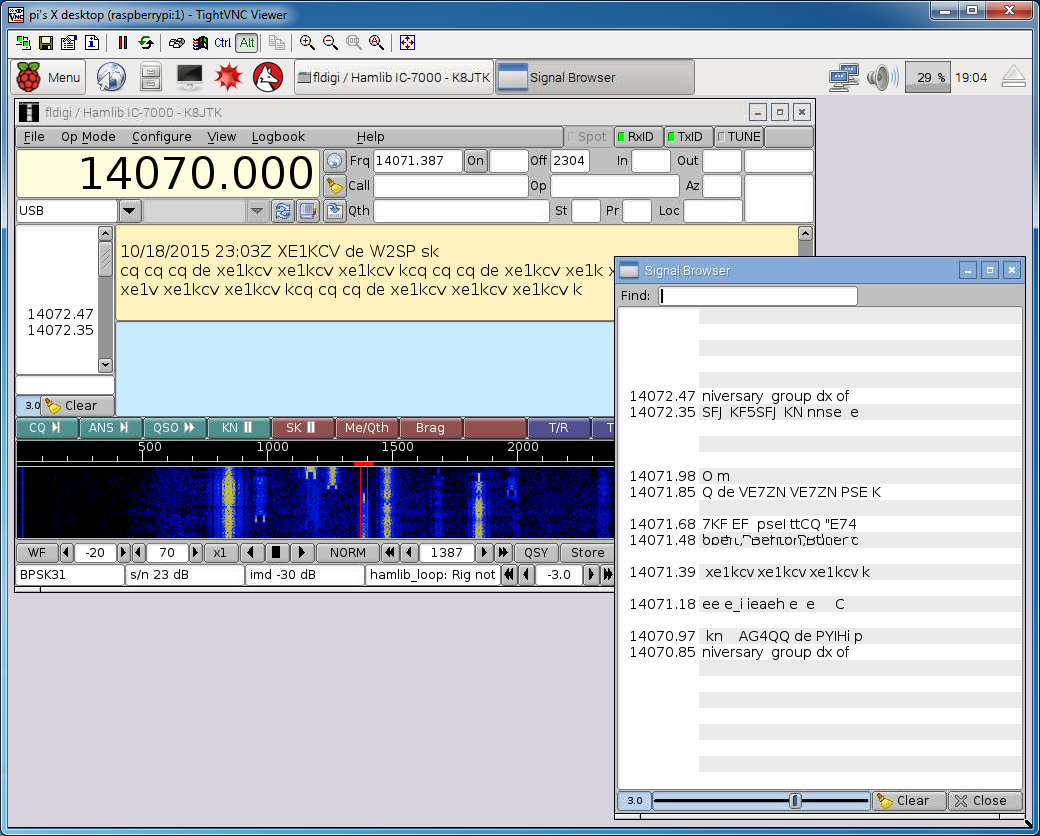
What's next??
THE END
Jeffrey Kopcak - K8JTK
- K8JTK@arrl.net
- This presentation is available on my website: K8JTK.org
- Ohio Section
